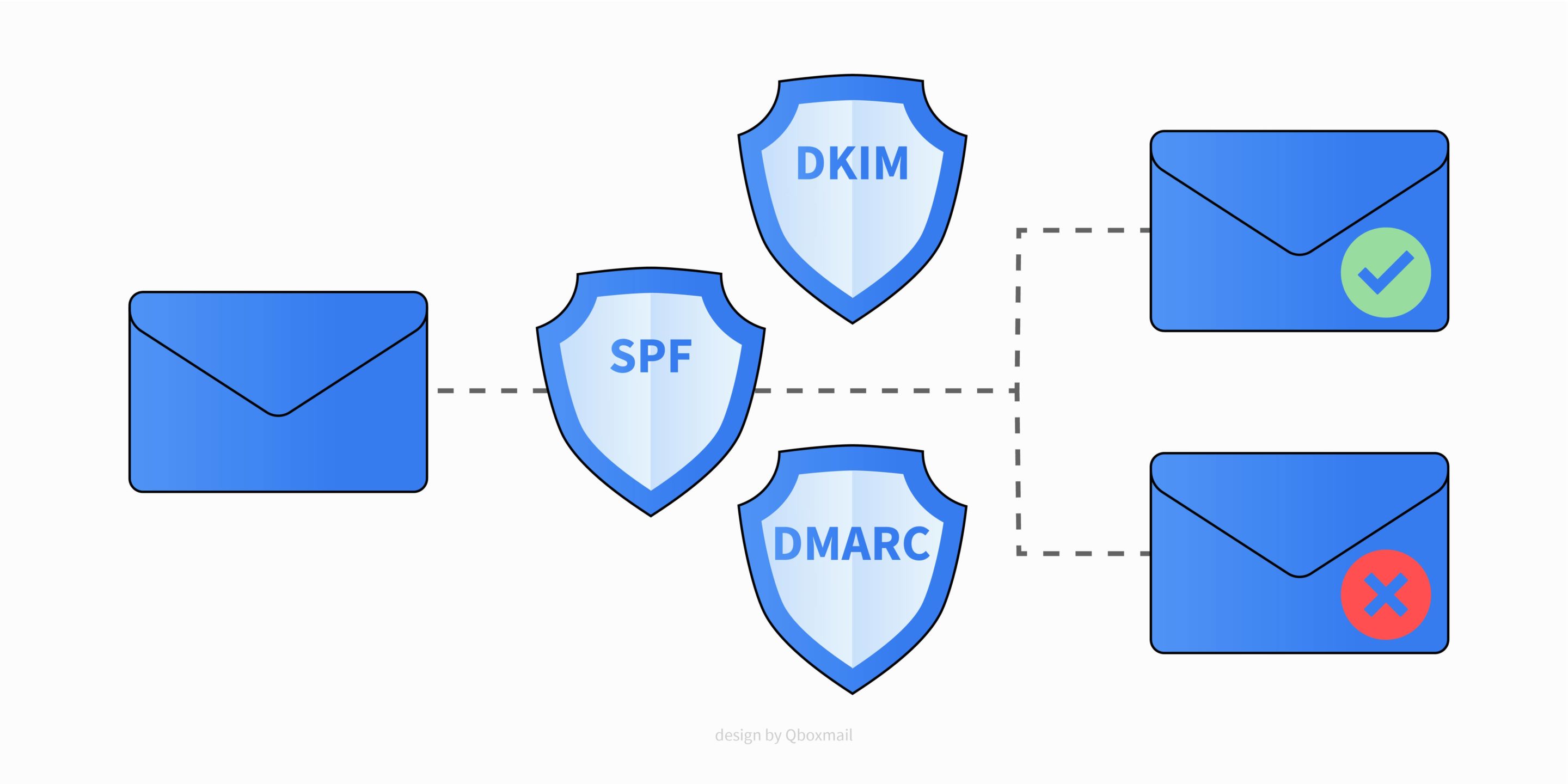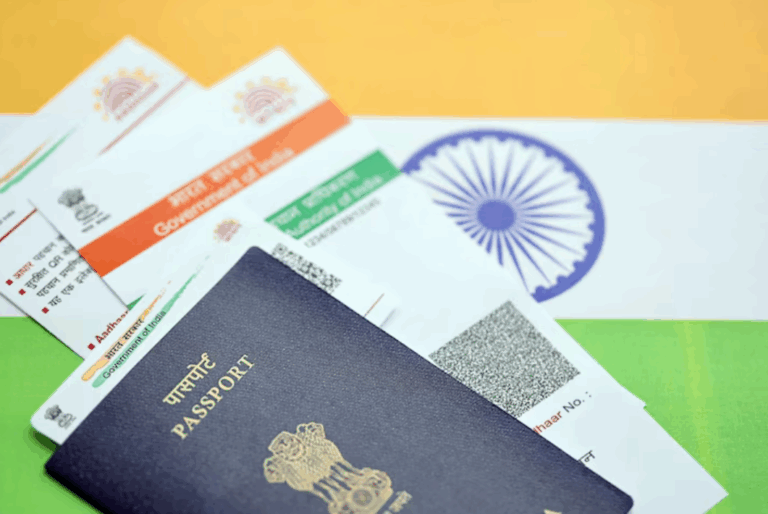Email Security with DKIM, DMARC, and SPF

Introduction to Email Security
Email security is a crucial aspect of online communication, and with the rise of spam and phishing attacks, it's essential to take measures to protect your domain. Three key mechanisms can help maintain email security: DKIM (DomainKeys Identified Mail), DMARC (Domain-based Message Authentication, Reporting, and Conformance), and SPF (Sender Policy Framework). In this article, we'll explore what each technology does, why it's needed, and how to set it up.
Understanding DKIM
DKIM adds a digital signature to outgoing emails, verifying the sender's identity and ensuring the email's integrity. Receiving servers can verify the signature, preventing spoofing and spam.
Understanding DMARC
DMARC tells receiving email servers what to do with emails that fail SPF or DKIM checks. It can instruct servers to quarantine, reject, or deliver emails that fail authentication.
Understanding SPF
SPF lets domain owners authorize IP addresses that can send email for their domain. Receiving servers can verify that messages come from authorized servers, preventing spoofing.
Setting Up Email Security
To set up email security, follow these steps:
- Configure SPF and DKIM for your domain
- Set up a DMARC policy
- Monitor and adjust your DMARC policy
Best Practices
Regularly monitor your email security settings and adjust your DMARC policy as needed. Ensure that your SPF and DKIM records are correctly configured and up-to-date.
Conclusion
In conclusion, DKIM, DMARC, and SPF are essential mechanisms for maintaining email security. By understanding and implementing these technologies, you can protect your domain from spoofing and spam, ensuring that your emails are trusted and delivered securely.
















Comments ()